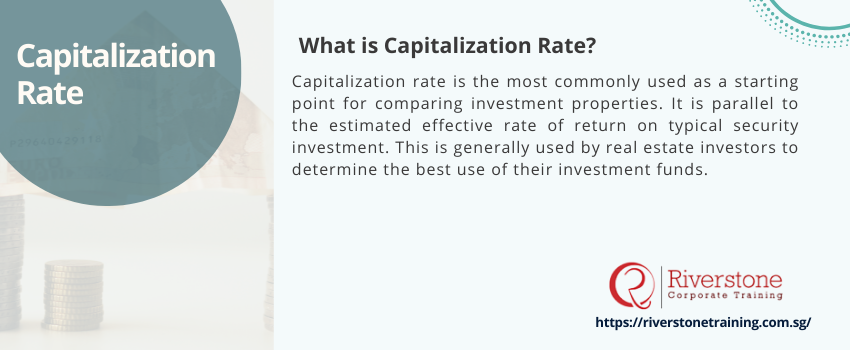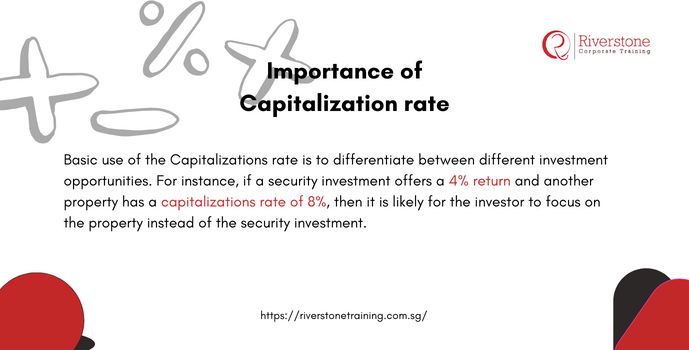
What is the importance of capitalization rate?
Definition of Capitalization Rate:
Capitalization rate is the most commonly used as a starting point for comparing investment properties. It is parallel to the estimated effective rate of return on typical security investment. This is generally used by real estate investors to determine the best use of their investment funds.
Importance of Capitalization rate:
Basic use of the Capitalizations rate is to differentiate between different investment opportunities. For instance, if a security investment offers a 4% return and another property has a capitalizations rate of 8%, then it is likely for the investor to focus on the property instead of the security investment.
Capitalizations Rates can also help to form trends for commercial; property owners. Trends can direct where the market may be heading towards, which allows adjustments based on estimated rents.
Even though it may seem like that this is a foolproof method, there are also several limits to the capitalization rate’s usefulness. If an investment property has an irregular flow of cash, then the property cannot solely focus on the capitalization rate but would need to rely on Discounted cash flow analysis instead.
Other than that, Capitalizations rates also come in handy while calculating the risk involved in a particular investment. The higher the capitalization rate, the lower is the risk involved in that investment.
3 Example Ways to use the capitalization rate:
Here are three examples that explain what is Capitalization Rate:
- Harry is an investor who is looking to buy an investment property for himself. He recalls that the Capitalization rate is an effective measurement in assessing real estate properties. Harry finds three properties and inspects them thoroughly. He takes into consideration their respective expenses, their annual income, and their overall market value. After doing his calculations to get the Capitalizations rate, he realizes that the one property offers a substantially greater percentage of the capitalization rate than the others. He chooses that property.
- Jason wants to buy an investment property for himself as well. He isn’t fond of taking in a property that has a high risk involved for certain complications. Finally, he finds three properties he is interested in. He gets all the information about the said properties and calculates the capitalizations rates. He finds out that one of the properties have a greater capitalization rate than the other ones. He chooses that property instead of the others because of the low risk involved. The higher the capitalizations rate, the lower is the risk involved.
- An investor wants to buy a new investment property for himself. He checks out two properties in two different geographical locations. One of the properties is located in a highly coveted suburban region, while the other one is in a run-down part of the city. The property in the highly coveted suburban regions shows a low cap rate, whereas it has a high market value. On the other hand, the property located in the run-down part of the city shows a high cap rate with a low market value. There are risks involved in both properties. Now, it is up to the investor to decide which property he wants, based on various factors and not just the Capitalization rate. But it can be used to give the whole thing a head-start.
Basic Formula for capitalization rate:
The capitalization rate is determined by taking the net operating income of a property and then dividing it with the current market value of the asset.
CONCLUSION:
The capitalizations rate is a classic way to determine the risks that are involved while purchasing real estate, but one should always keep in mind several other factors contributing to the final say for a particular property.



